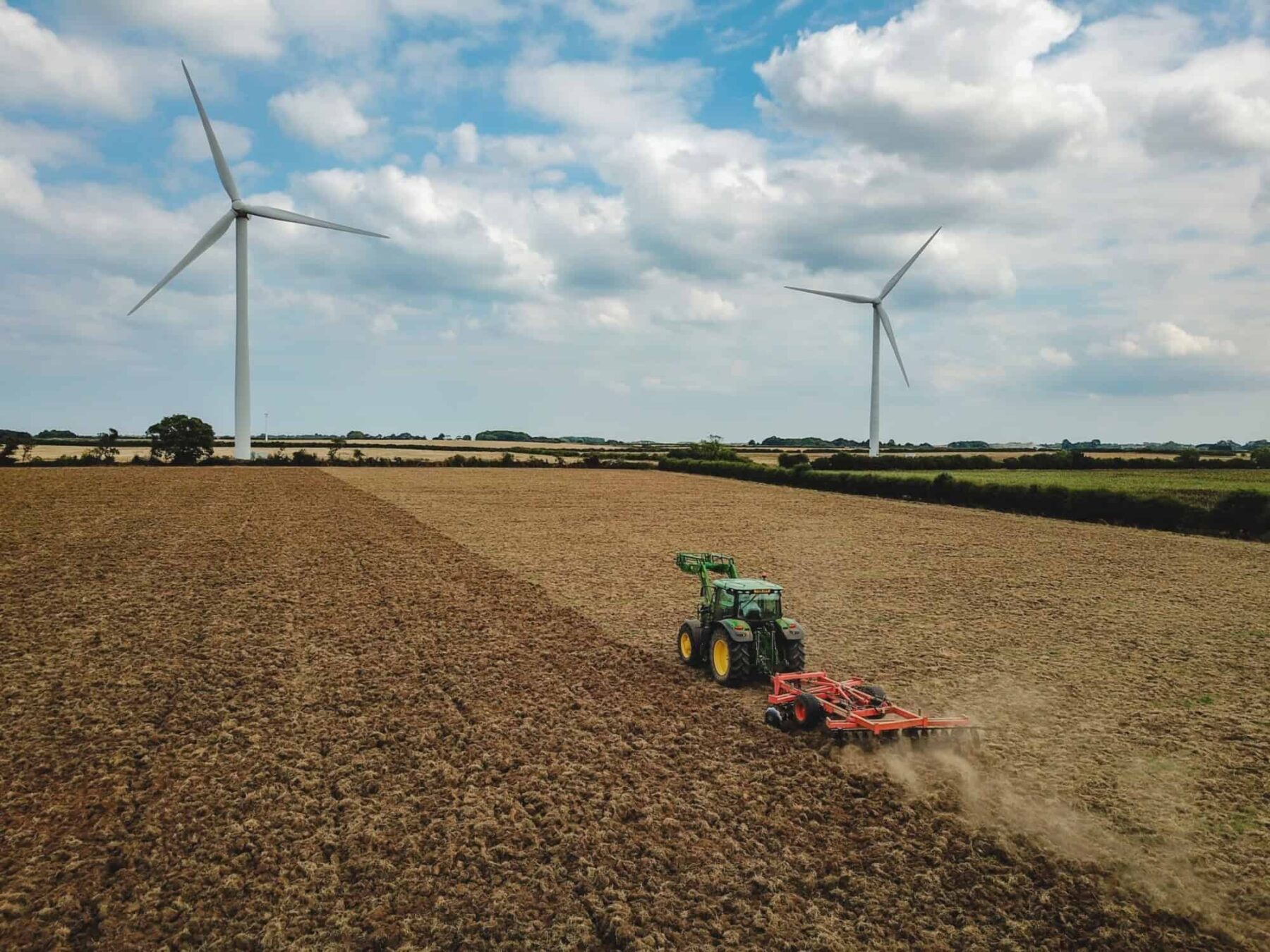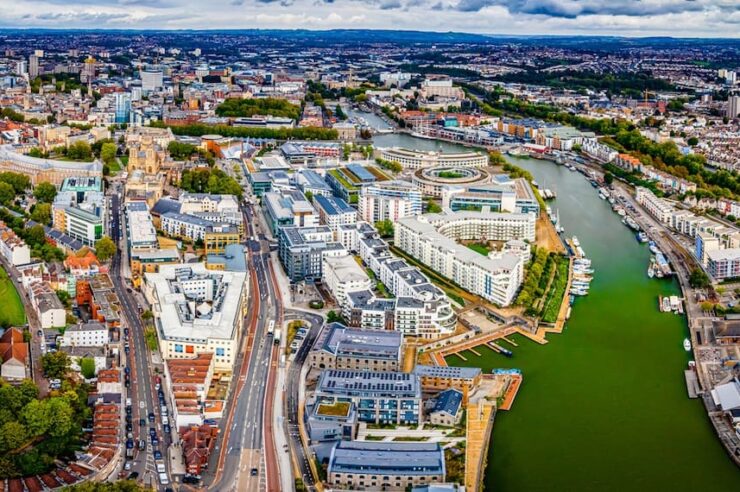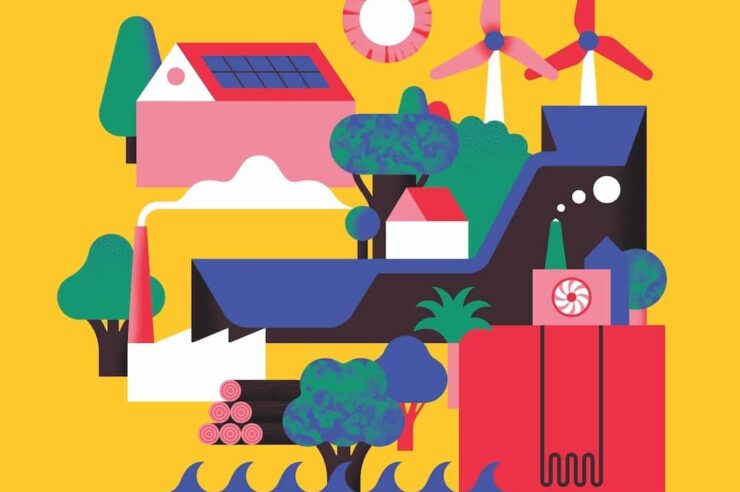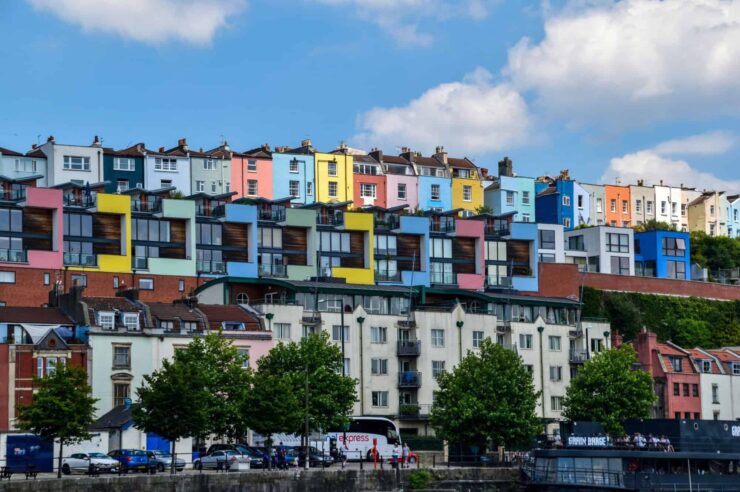From making us less dependent on foreign gas to scaling up community energy, here’s how renewables can future-proof the UK’s energy system over the coming decade
1. It will help us become less reliant on imported gas
Gas prices have skyrocketed since Russia invaded Ukraine. Although only 4 per cent of the UK’s natural gas is imported from Russia (the majority comes from Norway), it supplies around 40 per cent of the EU’s needs – and drastic cuts to supply have sent wholesale prices through the roof.
More domestic renewable energy capacity would improve our energy security and reduce exposure to volatile fossil fuel prices. But to encourage this – and cut consumer bills – we need to change the way energy is priced.
Because of the way energy auctions work, market prices are dictated by gas producers even though they provide less than half of the UK’s electricity. So how do we break the link between the cost of gas and electricity prices? By moving existing renewables projects onto the UK’s Contracts for Difference (CfD) scheme, which already offers long-term fixed-price contracts to new renewable energy generators.
“Seven per cent of the UK’s electricity comes from renewables projects that are signed up to a CfD, and just that group of generators alone will save something like £25 per household over the course of this year,” says Matthew Clayton, managing director of Thrive Renewables. “And that figure will obviously get bigger next year as energy prices continue to climb and the existing CfD prices remain the same, and new CfD projects deliver power for less.”
“This demonstrates that even when a very marginal slice of generation is put into the system at a fixed price, it can make a real difference to energy bills.”
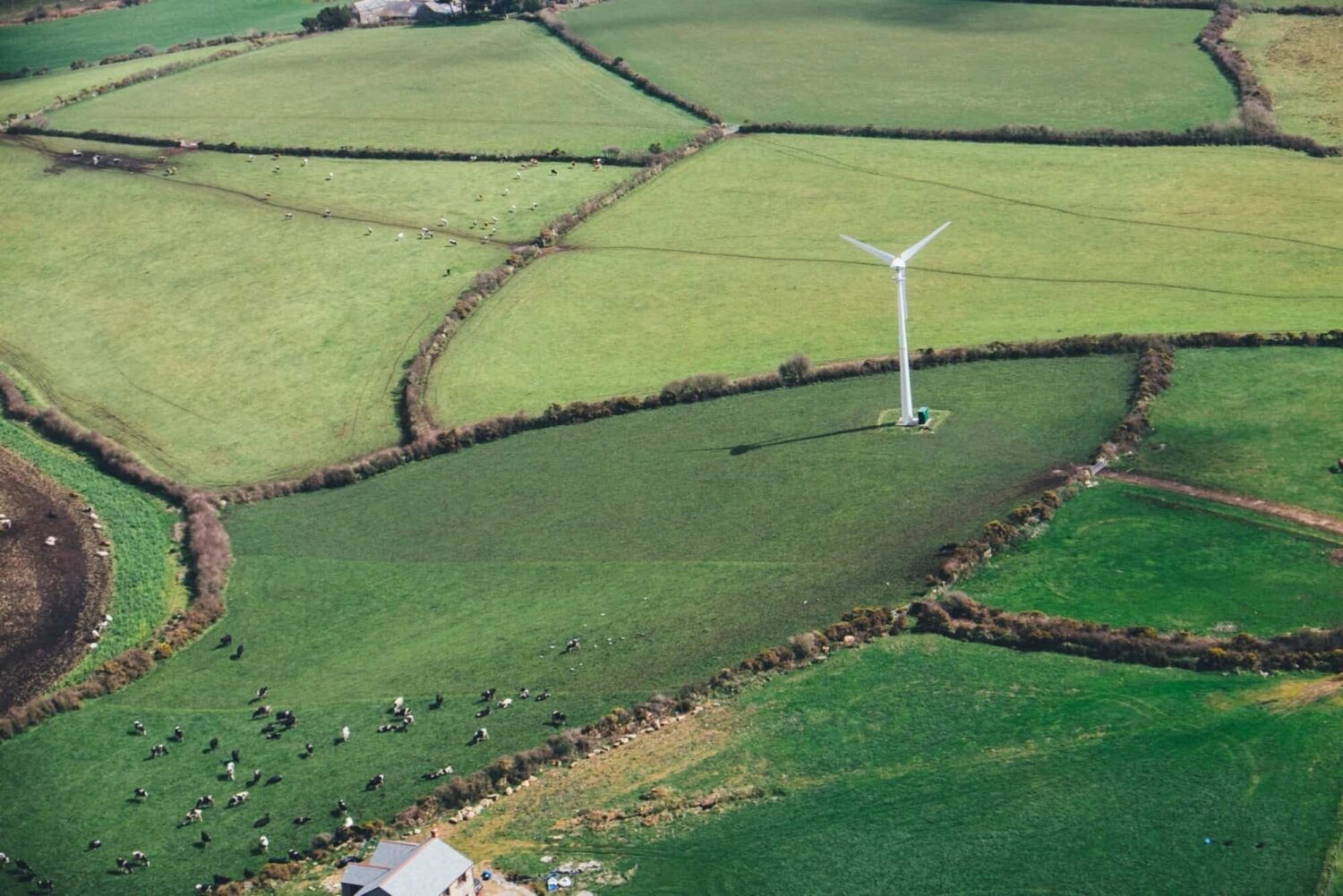
The UK’s Contracts for Difference scheme could help generators deliver more power for less. Image: Annie Spratt
2. It will help build a more resilient energy system via decentralisation
Although the UK’s energy system is still broadly based around centralised power generation, more and more local communities are producing their own renewable electricity. While one point of failure on a centralised grid can leave thousands of households, businesses and public services without power, decentralised energy systems such as microgrids – the Bridport Co-housing microgrid project in Dorset is a good example – are inherently resilient. They’re also clean, efficient and affordable.
As the source of energy generation is close to where power is needed, it also reduces the amount of electricity lost during transmission and distribution over long power lines. And as Clayton points out: “The growing constraint for energy, not just renewables, is effectively the grid capacity – being able to move power around the system. So the more supply you have close to demand, the better.”
Another strength of community energy schemes is the ability to start small and scale as needed. “What’s unique about renewables is that they come in relatively bite-sized pieces,” says Clayton.
Money generated by these schemes can also be ploughed back into the local community to address fuel poverty, develop renewable energy job programmes and fund more community energy projects, thereby upping the resilience factor even more.
3. It will help meet increasing electricity demand
According to projections, global power consumption will triple by 2050 as electrification increases and living standards improve. In the UK, the government’s target of a four-fold increase in offshore wind capacity by 2030 is crucial for meeting this growing electricity demand – particularly when it comes to heating homes and businesses.
“We’re hoping to migrate our heat demand from fossil fuels to electricity,” says Clayton, “and if that electricity isn’t from renewables, then there’s very little point in doing it.”
On the transport side of things, the UK also needs to electrify more railways and freight terminals to meet its net zero targets. And the shift to EVs that’s already underway will create even more demand for electricity, which must, as Clayton emphasises, be met with energy from renewable sources.
We’ll be in a much better place and much better insulated from global events
4. It will drive energy storage innovation
When the wind is blowing and the sun is shining, there’s typically an oversupply of renewable energy. But what about those grey days when it’s thick with fog and there’s barely a breath of wind? Well, then you have the opposite problem. “We’ve got an abundant wind resource, we’ve got a very predictable solar resource, but there is inherent variability in the generation,” Clayton explains.
Battery storage helps to solve this issue. “You pack batteries full of power when it is abundant – so windy and sunny – and then release the power back into the grid once the sun’s gone down and/or there’s no wind,” Clayton explains.
This approach should help to guarantee supplies of clean electricity even as demand increases and fossil fuel plants are phased out. In fact, aggregators can link multiple batteries into a virtual power plant that operates much like a gas or coal plant does, only without the environmental damage.
Today, electricity interconnectors – high-voltage cables that connect our electricity system to other countries’ systems, such as France or the Netherlands – are the more common way to add flexibility to the energy system. But in the longer term, Clayton expects that a combination of batteries, pumped hydro storage and other energy storage technologies will play a much bigger role in balancing the grid and delivering “a really resilient and effective system”.
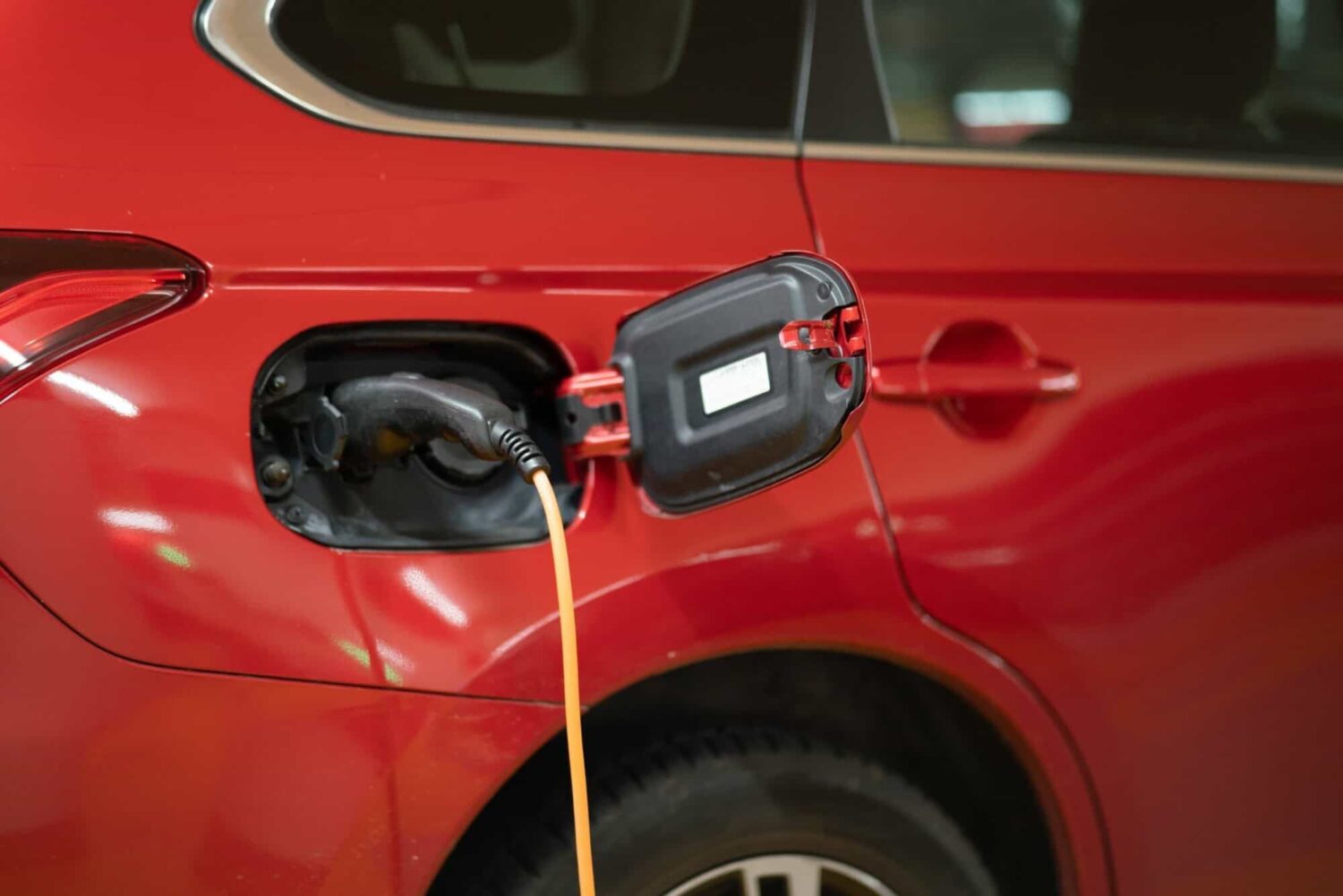
Electric vehicles could help support a smarter future grid, by acting as mini storage vessels. Image: Michael Fousert
5. It will help support a smarter grid
Households and businesses that generate renewable electricity can already export excess power back to the grid, helping to balance supply and demand while also reducing their bills. But electrical grids still need to get a lot smarter to maximise the potential of renewables and future-proof our energy system. Luckily, some renewable technologies already have intelligent adaptability built in.
Take electric vehicles. They can be charged up at times of low demand, then, when the grid is in need of a boost, their stored power can be fed back in. Smarter home appliances, such as fridge-freezers, can also adapt their power use to suit the level of demand on the national grid. “You can see that if 25m homes had those kinds of appliances in them, you wouldn’t need to build Hinkley,” says Clayton.
On a macro level, research by BloombergNEF has found that it’s now cheaper to build and operate new large-scale wind or solar plants in nearly half the world than it would be to run an existing coal or gas-fired power plant.
“That’s a real milestone which should give us a lot of comfort in the longer term,” says Clayton. “We’ll be in a much better place and much better insulated from global events.”
Main image: Luke Thornton
